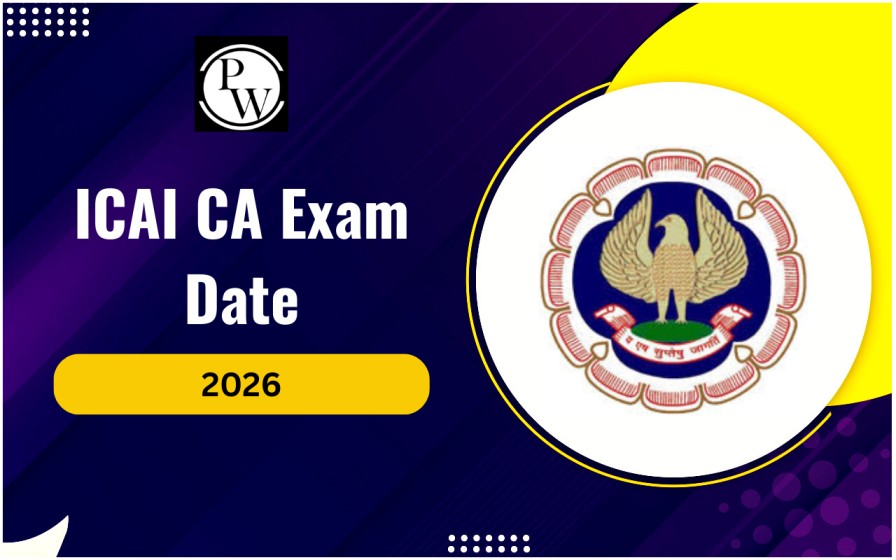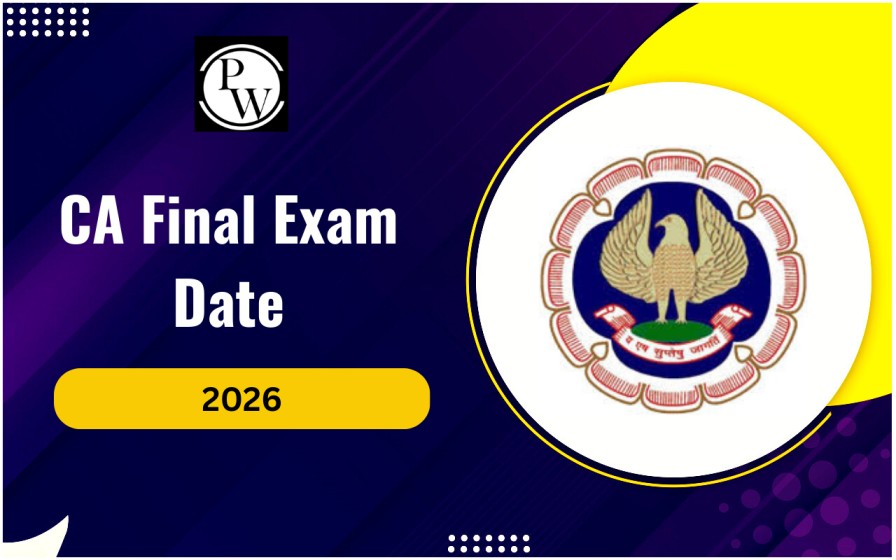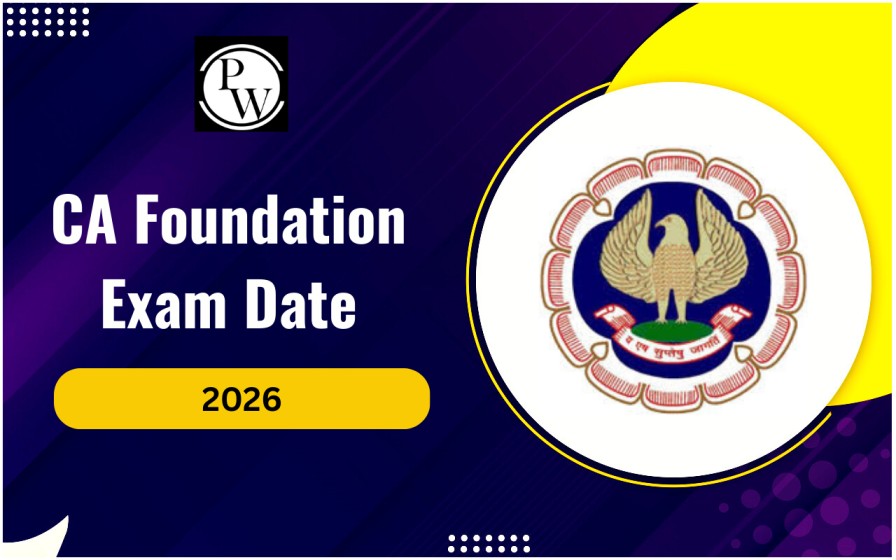
Implementing a budgetary control system is a crucial step for businesses to manage their finances effectively. For CA students, understanding how to implement this system is essential for their future roles in accounting and finance.
In this article, we'll explore the definition, importance, and steps to implement a budgetary control system, providing practical insights to help you grasp this vital concept for CA Exams .What is a Budgetary Control System?
A budgetary control system is a financial management tool that helps organizations plan, monitor, and control their budget to ensure financial stability and efficiency. It involves creating budgets for various departments and comparing actual performance against these budgets. This system helps identify variances, allowing management to take corrective actions promptly. The primary components of a budgetary control system include budget preparation, budget monitoring, variance analysis, and corrective actions. By setting financial targets and regularly reviewing performance, businesses can maintain control over their finances, making informed decisions to achieve their goals.Importance of Budgetary Control System
The budgetary control system is vital for several reasons. Firstly, it helps in the efficient allocation of resources, ensuring that funds are directed towards priority areas. This prevents wastage and promotes optimal use of financial resources. Secondly, it enhances financial discipline within the organization. By setting clear financial targets and regularly monitoring progress, businesses can maintain control over their expenses, reducing the risk of overspending. Moreover, a budgetary control system provides valuable insights into the organization's financial performance. By analyzing variances, management can identify improvement areas and take corrective actions. This continuous monitoring and feedback loop improves decision-making and overall financial health.Also Check: Best Practices for Treasury Management
Steps to Implement Budgetary Control System
The following are the steps to implement a budgetary control system:1. Define Objectives
The first step in implementing a budgetary control system is to define the organization's financial objectives. These objectives should be specific, measurable, achievable, relevant, and time-bound (SMART). Clear objectives provide a direction for the budgeting process and help in setting realistic financial targets.2. Prepare Budgets
Once the objectives are defined, the next step is to prepare budgets for various departments and functions within the organization. This involves estimating revenues and expenses for a specific period, considering historical data, market trends, and organizational goals. It's essential to involve key stakeholders in the budgeting process to ensure accuracy and commitment.3. Allocate Resources
After preparing the budgets, the next step is to allocate resources accordingly. This involves distributing funds to different departments based on their budgetary requirements. Effective resource allocation ensures that each department has the necessary funds to achieve its objectives.4. Monitor Performance
Regular monitoring of actual performance against the budget is a critical aspect of a budgetary control system. This involves tracking revenues and expenses, comparing them with the budgeted figures, and identifying any variances. Monitoring should be done on a monthly or quarterly basis to ensure timely detection of discrepancies.5. Analyze Variances
Variance analysis is the process of identifying and analyzing the differences between actual performance and budgeted figures. Positive variances indicate better-than-expected performance, while negative variances highlight areas where the organization is falling short. Analyzing variances helps in understanding the reasons behind the discrepancies and provides insights for future budgeting.6. Take Corrective Actions
Based on the variance analysis, management should take corrective actions to address any negative variances. This could involve revising budgets, reallocating resources, or implementing cost-saving measures. Timely corrective actions help in maintaining financial control and achieving the organization's objectives.7. Review and Update Budgets
The final step in implementing a budgetary control system is to regularly review and update budgets. As business conditions change, it's essential to adjust budgets to reflect new realities. This continuous review process ensures that the budgetary control system remains relevant and effective. For comprehensive preparation for your CA exams, consider enrolling in PW CA Courses . Our courses are designed to help you crack the CA Exam with ease and confidence.Budgetary Control System FAQs
What is a budgetary control system?
A budgetary control system is a financial management tool that helps organizations plan, monitor, and control their budget to ensure financial stability and efficiency.
Why is a budgetary control system important?
A budgetary control system is important because it helps in efficient resource allocation, enhances financial discipline, and provides valuable insights into financial performance.
What are the steps to implement a budgetary control system?
The steps to implement a budgetary control system include defining objectives, preparing budgets, allocating resources, monitoring performance, analyzing variances, taking corrective actions, and reviewing and updating budgets.
How does variance analysis help in a budgetary control system?
Variance analysis helps by identifying and analyzing differences between actual performance and budgeted figures, providing insights for corrective actions and future budgeting.
What should be done after variance analysis in a budgetary control system?
After variance analysis, management should take corrective actions such as revising budgets, reallocating resources, or implementing cost-saving measures to address negative variances.
🔥 Trending Blogs
Talk to a counsellorHave doubts? Our support team will be happy to assist you!

Free Learning Resources
PW Books
Notes (Class 10-12)
PW Study Materials
Notes (Class 6-9)
Ncert Solutions
Govt Exams
Class 6th to 12th Online Courses
Govt Job Exams Courses
UPSC Coaching
Defence Exam Coaching
Gate Exam Coaching
Other Exams
Know about Physics Wallah
Physics Wallah is an Indian edtech platform that provides accessible & comprehensive learning experiences to students from Class 6th to postgraduate level. We also provide extensive NCERT solutions, sample paper, NEET, JEE Mains, BITSAT previous year papers & more such resources to students. Physics Wallah also caters to over 3.5 million registered students and over 78 lakh+ Youtube subscribers with 4.8 rating on its app.
We Stand Out because
We provide students with intensive courses with India’s qualified & experienced faculties & mentors. PW strives to make the learning experience comprehensive and accessible for students of all sections of society. We believe in empowering every single student who couldn't dream of a good career in engineering and medical field earlier.
Our Key Focus Areas
Physics Wallah's main focus is to make the learning experience as economical as possible for all students. With our affordable courses like Lakshya, Udaan and Arjuna and many others, we have been able to provide a platform for lakhs of aspirants. From providing Chemistry, Maths, Physics formula to giving e-books of eminent authors like RD Sharma, RS Aggarwal and Lakhmir Singh, PW focuses on every single student's need for preparation.
What Makes Us Different
Physics Wallah strives to develop a comprehensive pedagogical structure for students, where they get a state-of-the-art learning experience with study material and resources. Apart from catering students preparing for JEE Mains and NEET, PW also provides study material for each state board like Uttar Pradesh, Bihar, and others
Copyright © 2025 Physicswallah Limited All rights reserved.
Get App









